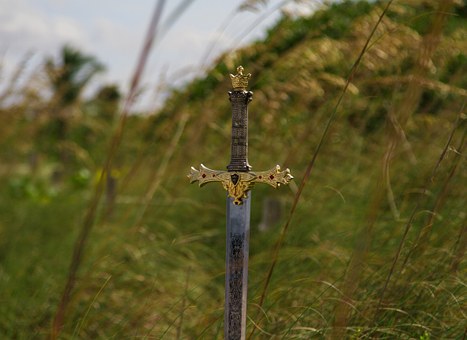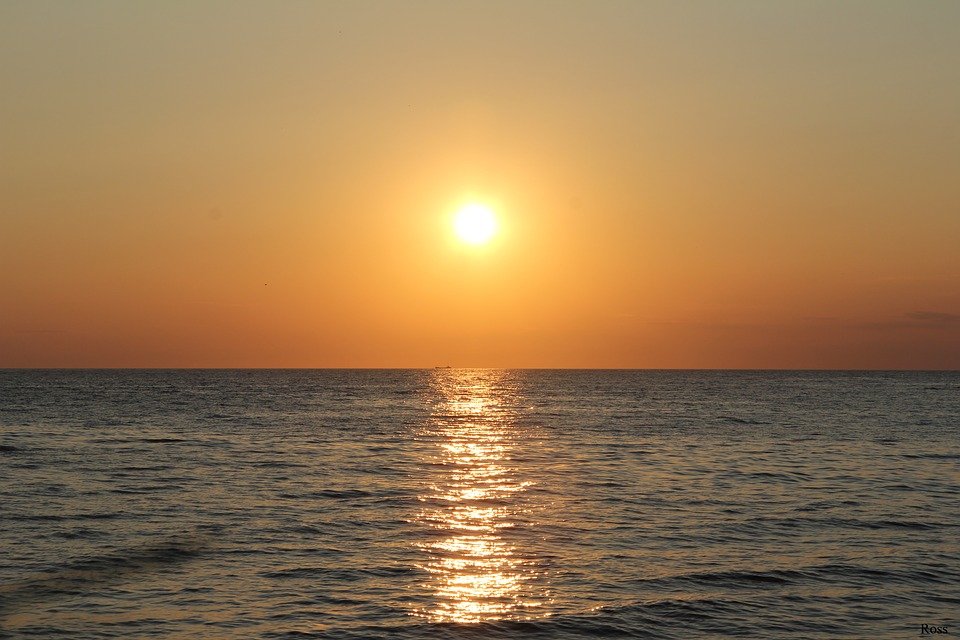by Brian Edward Rise
Scottish forest that is the location of Arthur‘s seventh battle in the Historia Brittonum by Nennius where Arthur fought the Picts and the Angles. Also known as Cat Coit Celidon, this is the modern day Caledonian Wood which at one time covered most of Selkirkshire and Dumfries and ran over the highlands around the upper Clyde and Tweed rivers.


